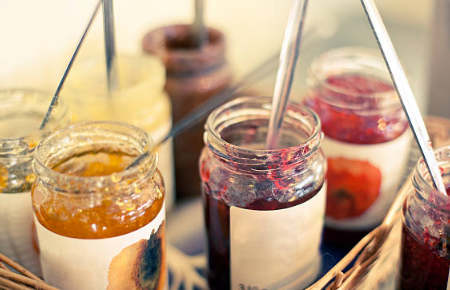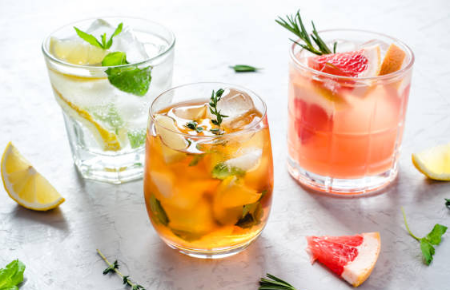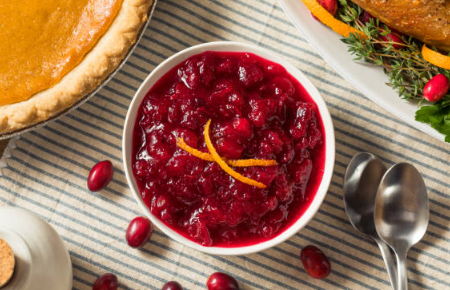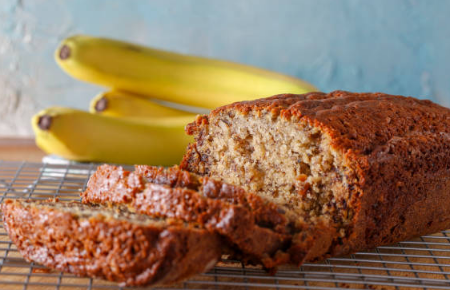Homemade Jam: Key Tips to Get It Right

How to Cook Steak in an Air Fryer
May 14, 2025
How to Use Indirect Heat on a Gas Grill for Flavorful Slow Cooking
May 18, 2025Jam contains natural fruit acids that help stimulate digestion and boost appetite. Store-bought jams can be expensive and their quality is often hard to guarantee, so making your own jam at home is a smart and satisfying alternative. However, there are several important things to keep in mind when making jam to ensure it turns out tasty and safe to store.
1. Sugar Usage
As a general rule, sugar should make up about 30% of the net weight of the fruit. If you prefer sweeter jams, you can increase the sugar a bit. Sugar is not just used for flavor—it also acts as a natural preservative. The amount of sugar you use directly affects how long your jam will keep.
Here are a few bonus tips:
-
Using aged rock sugar can give the jam a nice glossy finish.
-
Maltose will make the jam thicker, but jams made with maltose don’t store well long-term, so it’s best for small batches.
-
For an extra surprise, try mixing white sugar with aged rock sugar when making jam—it can really enhance both taste and texture.

2. Cooking Time
Different fruits cook at different rates, so adjust your process based on the type of fruit you’re using.
-
For firmer fruits like peaches or mangoes, let them sit with the sugar first to draw out moisture and pectin. Then add a bit of water and cook gradually.
-
For juicy fruits like tomatoes or kiwi, start cooking immediately.
Avoid using regular frying pans, as they can affect the color and flavor of the jam. Instead, go for stainless steel pots, rice cookers, or ceramic pots. Use a wooden or stainless steel spoon for stirring—avoid iron utensils, as they can affect the taste and color.
3. Storing the Jam
To extend the shelf life of your jam, use a natural, food-safe antioxidant like lemon juice—it enhances the flavor while helping preserve the jam.
Make sure your storage jars are clean, dry, and airtight. Wide-mouth glass jars work best. Sterilize them by boiling in water or steaming them, then place them upside down to air dry.
Once filled, store the jars in the refrigerator or freezer. Just take one out when you’re ready to use it!
Today, the world of jam is more diverse than ever. New combinations like strawberry-carrot, strawberry-apricot, and orange peel-strawberry jams are growing in popularity. These blended jams offer a wider variety of flavors, textures, and nutrients. Researchers are now focused on improving formulas and production methods to create jams that are naturally colorful, uniquely flavored, and more nutritious.



